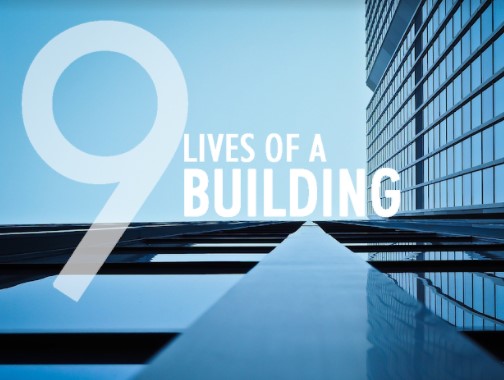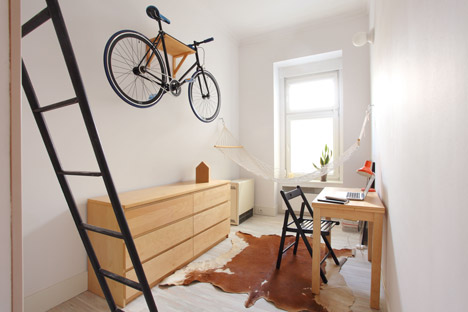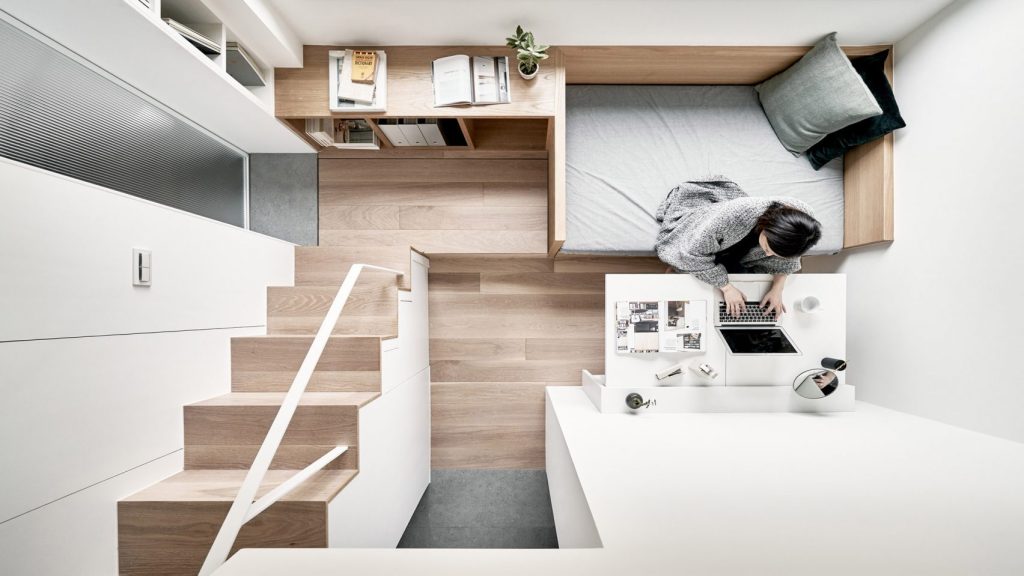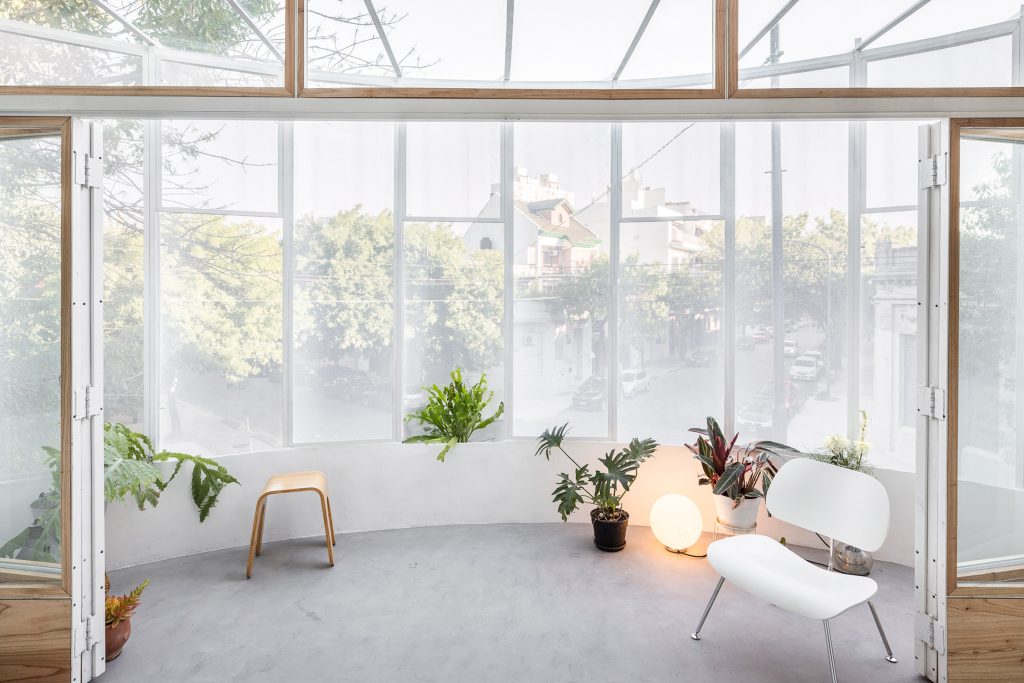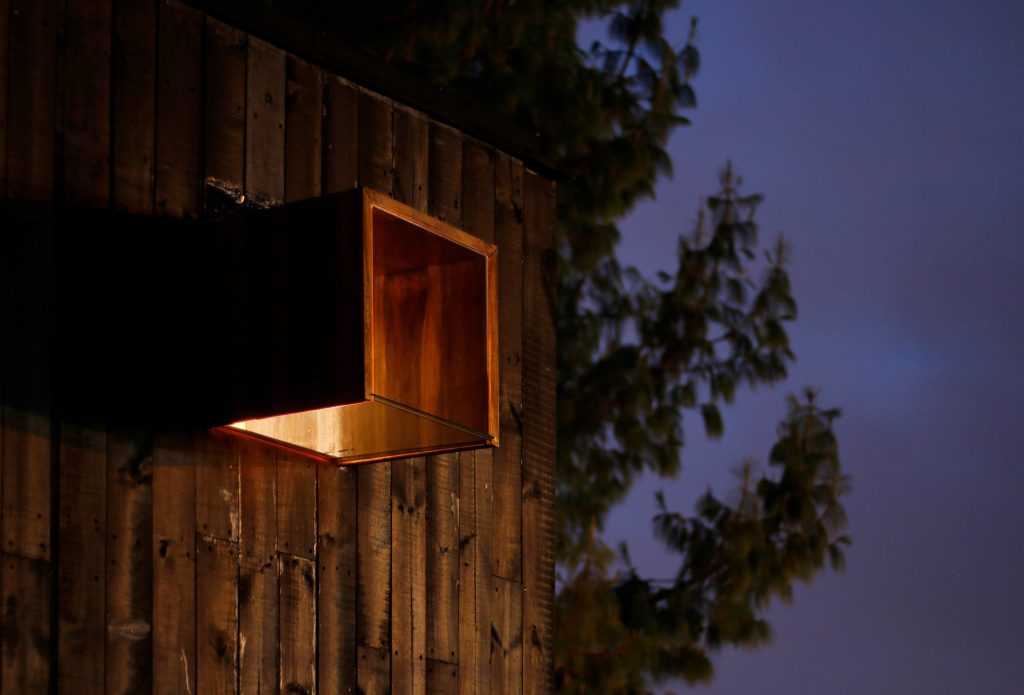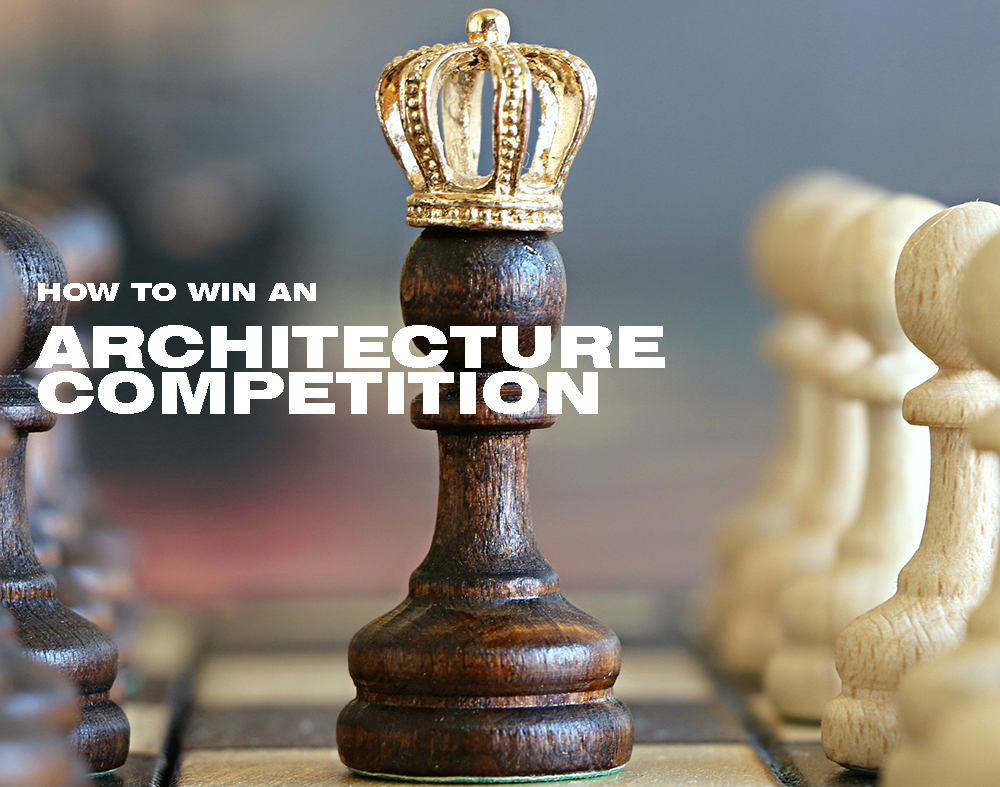Like cats being gifted with a new life every time they just miss their demise, buildings are constantly propelled towards change and reinvention in order to sustain their existence. Here Jill Stoner, Director of the Azrieli School of Architecture and Urbanism at Carleton University in Ottawa, and Professor of Architecture at the University of California, Berkeley, for 32 years, identifies and reflects upon nine possible future lives for buildings.
ABANDONMENT
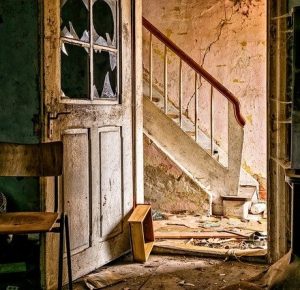
Abandonment is the oldest and most immediate, perhaps most natural, response when a building has outlived its intended purposes. For centuries we have simply left behind those structures that no longer seem to serve or to ‘mean’. Sites of abandonment tend to embody the stories that rendered them obsolete, whether from failing economies, political upheavals or nuclear disasters. These buildings acquire character; they become witnesses to the slow motions of time, and prophecies of possible future.
DEMOLITION
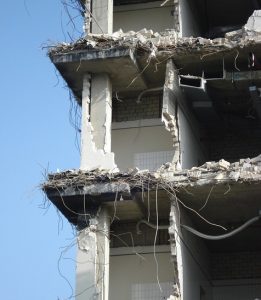
Though objections to building demolition are now frequently tied to concerns about proliferating landfills and wasted resources, this is a fairly recent development. Demolition in US cities was, successively, the engine of urban renewal and slum clearance policies in the 1950s and 1960s. More recently, building demolitions have become a form of entertainment, a carnival atmosphere surrounding the event. But demolition is a bell that cannot be un-rung. It removes potential and revokes any future; a demolished building’s second act as landfill offers little possibility for any life beyond its first.
DECONSTRUCTION
Deconstruction of buildings refers literally to the selective dismantling of a building in order to keep its components ‘alive’ for future use. In recent years, when a building is slated for removal, it has become increasingly common to systematically delaminate its materials and extract the most obviously valuable resources beforehand. As this practice continues to flourish, it is becoming clear that deconstruction makes economic as well as ethical sense.
PRESERVATION, CONSERVATION, AND RESTORATION
Preservation, Conservation, Restoration To preserve and conserve suggests inherent value and the necessity for protection from time itself. The intention is straightforward: to stabilize a building, to retard deterioration, to honor both material and cultural history, to confront time head-on and mitigate its advance. Restoration implies that the ravages of time have already taken a significant toll. It requires an ambitious and painstaking process.
RENOVATION AND REHABILITATION
To ‘renovate’ is literally to ‘make new again’. While a building that has been preserved, conserved or restored will likely look no different than before (except, perhaps, cleaner), one that has been renovated or rehabilitated will reveal within itself at least some aspect of something new. Renovation may or may not be applied to culturally or architecturally significant structures. Like demolition, it restarts the clock, but it does so with a building that has been renewed and allowed to remain in place.
ADAPTIVE REUSE
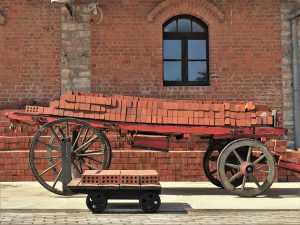
As the name suggests, adaptive reuse is all about use. While the cultural significance of the building’s original purpose may be evident in its structure, siting or ornament, very often the old site or building is redesigned to meet a purpose other than the one for which it was first intended. Perhaps the most pragmatic of a building’s many possible lives, it is a strategy that can be repeated again and again to the same structure. By itself, adaptive reuse is most often economically motivated, unsentimental and without nostalgia.
REOCCUPATION
Like adaptive reuse, reoccupation brings new life to abandoned buildings, but without architectural plans or preservationist pretense. Unsanctioned and provisional, often socially fragile, some examples of reoccupation are especially vibrant. Architecture is most often intended to provide comfort, safety, and the setting for a marketable lifestyle. Packaged and predicable, and requiring only the resources to participate, most is tepid and uninspiring, lacking the wild industriousness of the complex social system of the Tower of David, or the now lost quarter of Kowloon in Hong Kong.
PURE EXPRESSION

The artistic expression upon and within buildings takes both two- and three-dimensional forms. These expressive interventions may be aggressively temporary or may endure for millennia. Unlike adaptive reuse, here there is no use at all except to call attention to a transformative moment in time. With the artist as a mediator, an altered building acts in dialogue with our expectations for architectural norms and conventions, as a character that serves both as a critic of stodgy formulations and as a radical advocate for change. These artist’s interventions are tactical and most powerful when they appear spontaneous. They remain memorable even after their time on stage has passed.
RESURRECTION

Every so often a building is so missed after its demolition that it is rebuilt as new. The motives for this sort of resurrection can be similar to those that inspire preservation – a desire to maintain history through the immortality of a significant building.
Buildings no longer physically present are also resurrected in drawings and through writing. Graphic and textual representations bring a building into dialogue with its past, and with all that building’s other paper lives.
What are your thoughts? Show us in the comments.
Peace.

